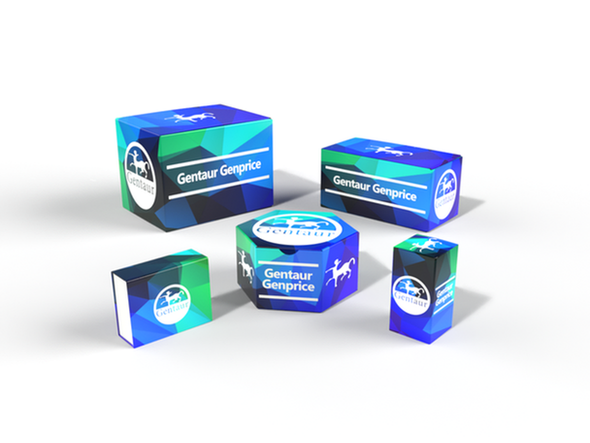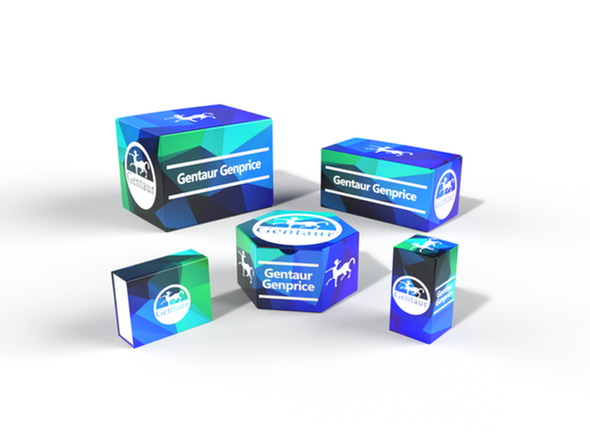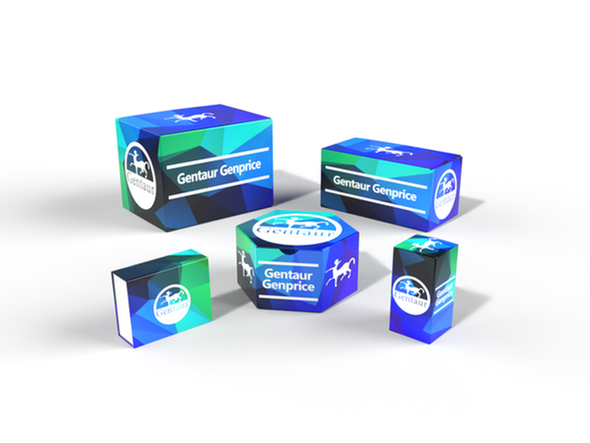356
Methylamp RNA Bisulfite Conversion Kit | P-9003
- SKU:
- 356-P-9003-050-GEN
- Availability:
- Usually shipped in 5 working days
Description
Methylamp RNA Bisulfite Conversion Kit
The Methylamp™ RNA Bisulfite Conversion Kit is a complete set of optimized reagents required for fast bisulfite conversion on an RNA sample. The converted RNA obtained with the Methylamp RNA Bisulfite Conversion Kit is suitable for various downstream RNA methylation analyses including methylation-specific RT-PCR, MS-HRM, and bisulfite RNA-sequencing (e.g., pyrosequencing and deep-sequencing). The kit has the following features and advantages:
- Fast and convenient protocol that can be finished in 3 hours.
- Completely converts unmethylated RNA cytosine into uracil (>99.9%) with no or negligible inappropriate/error conversion of methylcytosine to thymine (<0.1%) when the indicated range of input sample RNA is used.
- Powerful protection against RNA degradation, with over 90% of RNA loss prevented.
- Included control primers are specific against bisulfite-converted RNA and can be used to test whether the bisulfite conversion has been properly achieved.
- Low amount of input RNA can be used for bisulfite conversion with as low as 5 ng per reaction.
- Simple, reliable, and consistent reaction conditions.
Background Information
5-methylcytosine (5-mC) in DNA been well studied and is generally associated with repression of gene expression, but it has also been observed that in humans, 5-mC occurs in various RNA molecules including tRNAs, rRNAs, mRNAs, and non-coding RNAs (ncRNAs). At least 10,275 5-mC candidate sites were discovered in mRNAs and ncRNAs, which covered 10.6% of the total cytosine residues in the transcriptome. 5-mC seems to be enriched in some classes of ncRNA, but relatively depleted in mRNAs. However, the majority (83%) of their candidate sites were found in mRNAs. Within these transcripts, 5-mC appears to be depleted within protein-coding sequences but enriched in 5’ and 3’ UTRs. Two different methyltransferases, NSUN2 and DNMT2 are known to catalyze the 5-mC modification in eukaryotic RNAs. Recent data strongly suggest that RNA cytosine methylation affects the regulation of various biological processes such as RNA stability and mRNA translation. Furthermore, loss of 5-mC in vault RNAs causes aberrant processing into Argonaute-associated small RNA fragments that can function as microRNAs. Thus, impaired processing of vault ncRNA may contribute to the etiology of human disorders related to NSUN2-deficiency human disorders. Bisulfite conversion of RNA, followed by RT-PCR amplification, cloning, and sequencing yields reliable information about RNA cytosine methylation states. By treating RNA with bisulfite, cytosine residues are deaminated to uracil while leaving 5-methylcytosine intact:

 Bisulfite conversion of RNA, followed by RT-PCR amplification, cloning, and sequencing, yields reliable information about RNA cytosine methylation states. By treating RNA with bisulfite, cytosine residues are deaminated to uracil while leaving 5-methylcytosine intact.
Bisulfite conversion of RNA, followed by RT-PCR amplification, cloning, and sequencing, yields reliable information about RNA cytosine methylation states. By treating RNA with bisulfite, cytosine residues are deaminated to uracil while leaving 5-methylcytosine intact.

 RNA bisulfite sequencing analysis. RNA isolated from MCF-7 cells is subject to bisulfite treatment, cDNA synthesis and sequencing after PCR amplification using 28S ribosomal RNA primers specific to bisulfite converted RNA. Unmethylated cytosines (#4, #5, #14) are converted to uracil and detected as thymine while methylated cytosine (#8) remains the same.
RNA bisulfite sequencing analysis. RNA isolated from MCF-7 cells is subject to bisulfite treatment, cDNA synthesis and sequencing after PCR amplification using 28S ribosomal RNA primers specific to bisulfite converted RNA. Unmethylated cytosines (#4, #5, #14) are converted to uracil and detected as thymine while methylated cytosine (#8) remains the same.
Principle & Procedure
The Methylamp RNA Bisulfite Conversion Kit contains all reagents required for fast and efficient bisulfite conversion on an RNA sample. A unique conversion mix solution contains powerful RNA protection reagents to prevent chemical and thermophilic degradation, thus leading to the accelerated conversion of all cytosines to uracil with negligible methylcytosine deamination. The non-toxic RNA capture solution enables RNA to tightly bind to the column filter, so that converted RNA cleaning can be carried out on the column to effectively remove residual bisulfite and salts.
Starting Materials
RNA isolated from various tissue or cell samples can be used as starting material. The amount of RNA for each bisulfite reaction can be 5 ng to 1 µg. For an optimal reaction, the input RNA amount should be 200 ng to 500 ng. When using the Methylamp RNA Bisulfite Conversion Kit for methylation-specific RT-PCR with very small amounts of input RNA (<10 ng), the number of PCR cycles should be greater than 45. The yield of RNA purified after bisulfite conversion depends on the amount of input RNA, nature of RNA, and source of the starting material.
Additional Information
Size: |
50 Reactions |
Category: |
Biochemical Detection Assays |
Research Area: |
RNA Methylation |
Target Applications: |
Amount Quantitation |
Input Type: |
RNA |
Vessel Format: |
Microplate-based |
Shipping Temp: |
Blue Ice |






